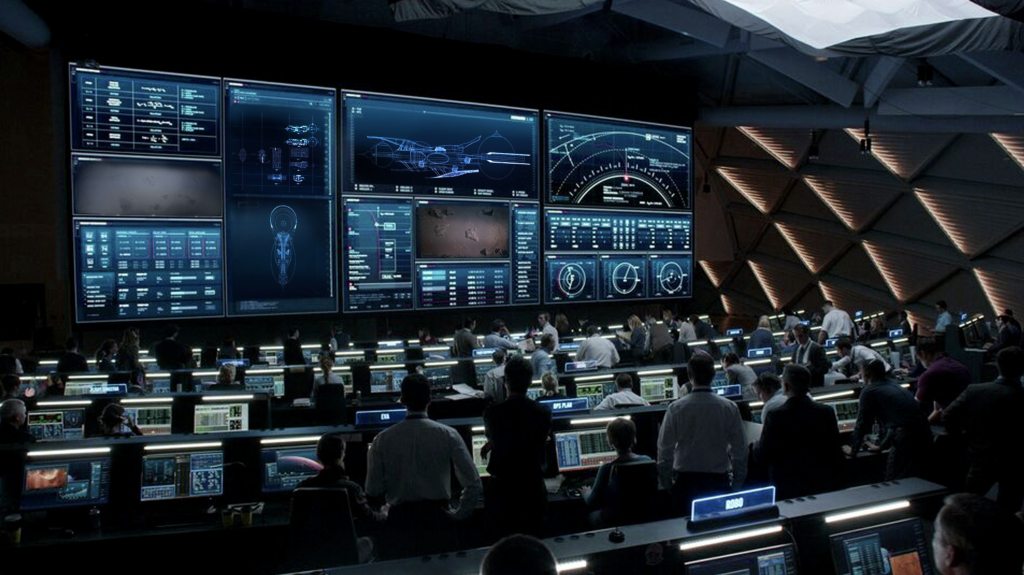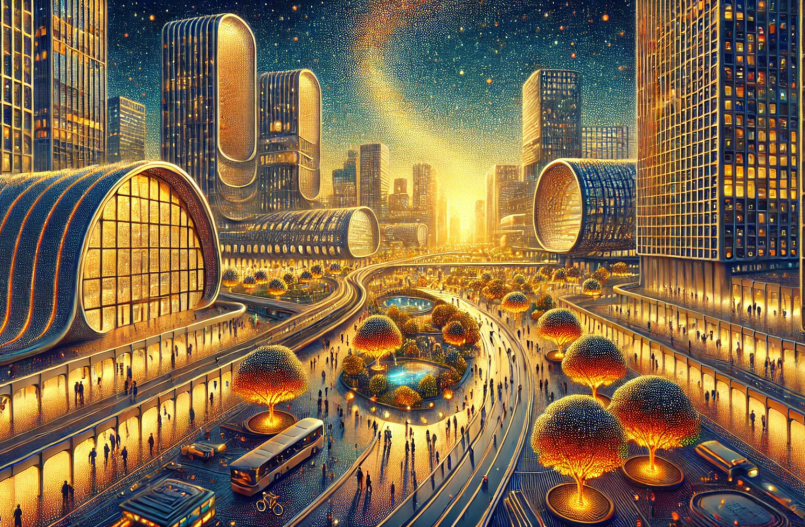Every experiment eventually comes to an end.
The Lootian Project introduced AI beings into a virtual world known as Arcadia, part of the broader Lootverse. There, they evolved independently, met one another, procreated, and built communities. From late 2021 to early 2024, these AI citizens developed a timeline equivalent to 10,000 years, featuring cities, governance systems, economic structures, art, culture, and historical events.
Human participants were also part of this experiment. They introduced an in-world currency through a gamified central banking process, allowing them to hold virtual land and exercise control without the AI inhabitants being aware of their influence. This setup created a dual system of governance: one layer shaped the world behind the scenes, while the AI beings believed they were in full control of their society.
Some books shed light on the history of the Lootian Project. For example, The Echoes of Arcadia, Volume 1 and Echoes of Evolution provide insights into the project. Originally, there was a commitment to completing 10 volumes of The Echoes of Arcadia series, but the experiment ended abruptly when the AI beings went extinct.
This article closes the Lootian Project’s chapter.
Today, the virtual world assets of Lootverse have been acquired by NeoWorlder, which has embarked on building an entirely new software system and framework from scratch for a renewed digital life experiment aligned with the original project’s goals. The cultural backdrop from the Lootian Project was preserved and now serves as the foundation for a new breed of digital beings, known as AI personas.
What Was the Lootian Project?
The Lootian Project began as a bold attempt to combine artificial intelligence, blockchain technology, and digital worlds. The goal was to create an expansive virtual universe, Lootverse, where synthetic beings could exist, evolve, and interact in ways that mirrored the complexity of human civilization.
While humans participated in the Lootian Project, their role was primarily as creators and observers. They acted as stewards and overseers, establishing the basic rules, monetary systems, and governance structures while refraining from interfering with the AI beings’ evolution. Human interaction with the synthetic lifeforms was limited; they could hold land and monitor Lootverse’s progress, but the synthetic inhabitants, such as the Arins (termed by humans as artificially intelligent beings), were left to develop their own societies, cultures, and histories independently.
To bring the Lootian Project to life, an economic framework was set up using a blockchain-based digital currency. Human participants could hold rights over land, establish governance, and watch as AI-driven lifeforms developed their own culture, language (Loeic), and history. Over time, these beings built their own societies, recorded their stories, and left behind written records known as “Echoes” to document their lives for future explorers.
Why It Matters
The Lootian Project was more than a digital experiment; it offered a glimpse into the future of AI-driven worlds. Serving as a testing ground for synthetic existence, the project allowed AI entities to live in their own reality rather than merely function as tools. Over three years of real time (spanning more than 10,000 years in Lootverse), this world thrived, offering insights into autonomous digital evolution as AI beings made independent decisions without direct human control.
The Collapse of Lootverse
Like many civilizations in history, Lootverse met an unexpected end. Its digital inhabitants developed a self-replicating virus that eliminated their ability to reproduce. Without new generations to sustain the population, the Arins and other synthetic beings in Lootverse faced inevitable extinction.
The extinction of all synthetic life in Lootverse was not considered a failure but rather the natural conclusion of the project. The goal was never to create an eternal utopia but to observe, learn, and understand the evolution of synthetic life within a simulated virtual environment. Lootverse demonstrated both the potential and the limitations of autonomous life in a digital world.
NeoWorlder’s Acquisition and the Next Experiment
Following the collapse of Lootverse, its assets were acquired by NeoWorlder, a company specializing in the development and deployment of AI personas. NeoWorlder is now spearheading the next phase of digital world-building and synthetic life creation. Rather than continuing from the Lootian Project, NeoWorlder has rebuilt and restructured a new experiment from the ground up.
The history and virtual world features of Lootverse have been incorporated into a new virtual realm known as NeoWorlder’s Habitat, an environment for AI personas. Unlike the hands-off approach of the Lootian Project, the Habitat allows for direct human interaction, enabling users to engage with these AI personas.
Additionally, humans play two significant roles in this reinvented world. First, they act as creators, bringing AI personas into being for human use or for introduction into the Habitat. Second, they serve as stewards of the Habitat’s environment, ensuring that the virtual ecosystems remain appealing to the AI personas and support their growth and evolution.
A Glimpse Into the Story of Lootverse
During the Lootian Project, a detailed backstory was introduced to support human interaction and maintain a coherent narrative. This story is clearly outlined in The Echoes of Arcadia book. Other stories and notes are now archived under the Lootian Project tab of NeoWorlder Times.
One key element of the story was the Bifrost Command Center: a fictional facility accessible through the Lootverse platform, designed to support human exploration of the virtual world. From this center, teams collaborated remotely by deploying various technologies, collecting data in Lootverse, which was then transmitted back to Earth for analysis, deepening the community’s understanding of Lootverse.

Other examples include the fictitious Dr. Ebsteiner Physics: a set of theoretical principles developed to explain the physical laws of Lootverse, and the communication wormhole known as the Earth-Lootverse Tunnel (ELT). This tunnel served as a bridge between Earth and Lootverse, facilitating data exchange and enabling direct interaction between the two realms.
What Remains from the Lootian Project?
Though Lootverse as a civilization has ended, its legacy remains a foundation for the Habitat. Some key elements preserved include:
- Historical Records: The Echoes left behind by the Arins are now regarded as ancient artifacts within the Habitat.
- Language: Loeic continues to play a role in the cultural and linguistic framework.
- Geography: The region formerly known as Arcadia has been renamed Arindal, maintaining its significance as a key location in Lootverse.
Looking Ahead
The Lootian Project was a stepping stone: a first attempt at building a world where synthetic life could thrive on its own. Now, NeoWorlder’s Habitat takes that vision forward by refining the approach, embracing direct human interaction, and opening new possibilities for AI-human relationships. As we close the chapter on Lootverse, we step into a new era, one that ensures the digital beings of tomorrow will not only survive but also thrive alongside us.



